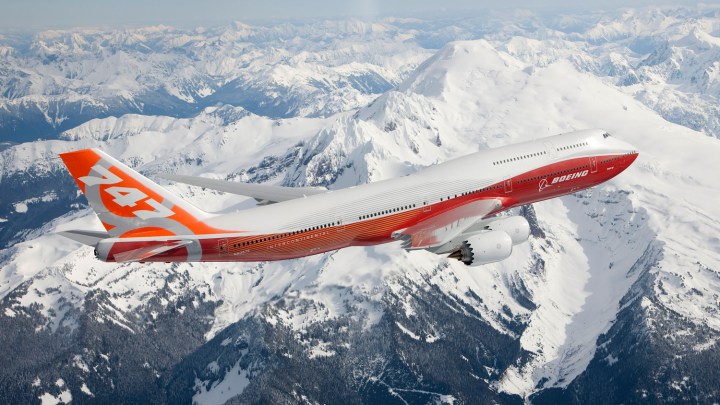
Biggest, longest, heaviest, and more: here are the largest airplanes in the world
How does that even fly? The biggest planes ever built defy belief

If it can be streamed, voice-activated, made better with an app, or beaten by mashing buttons, Tyler's into it. When he's not…



